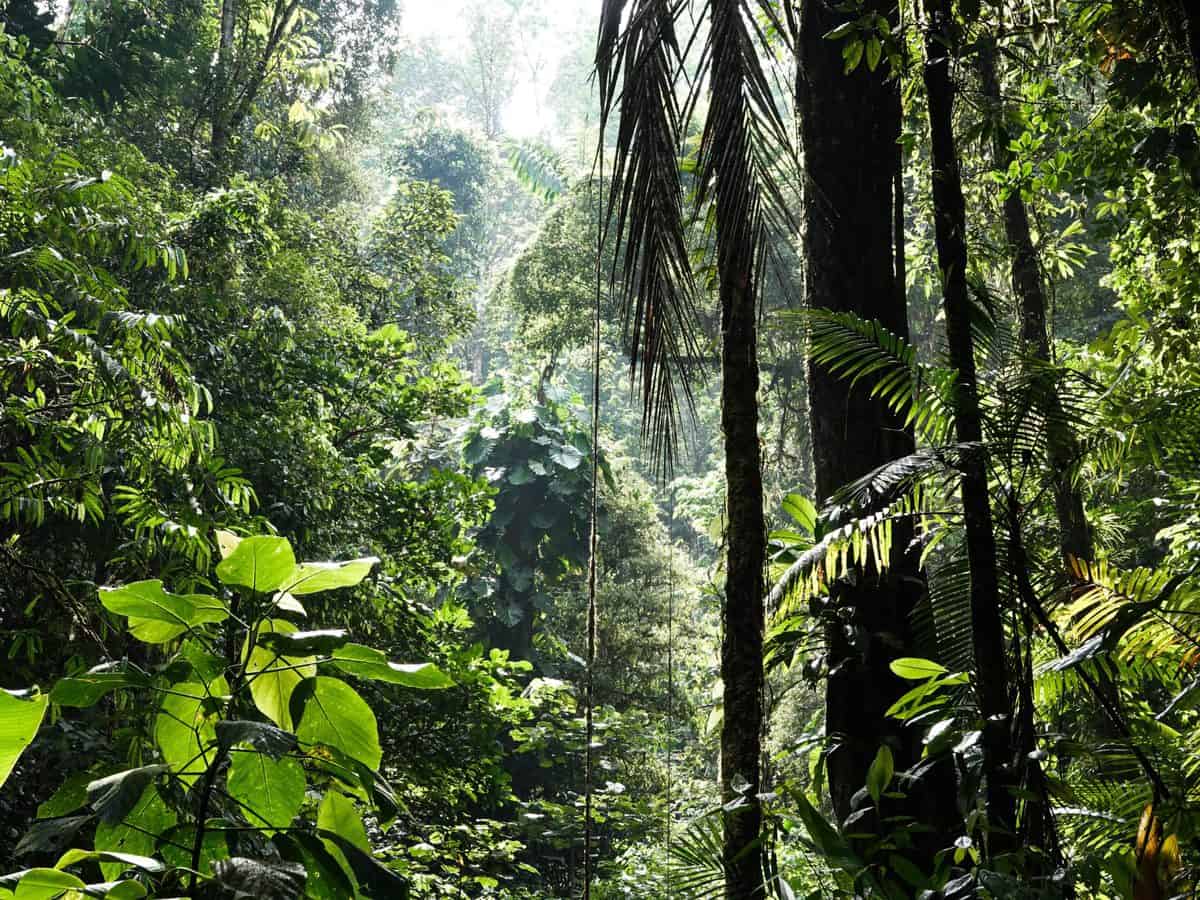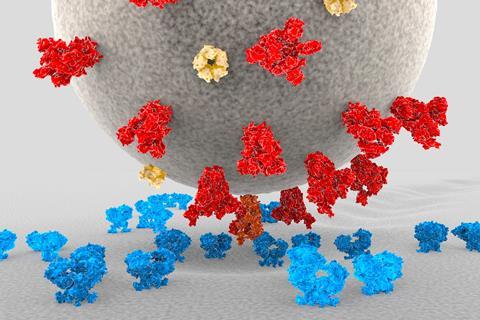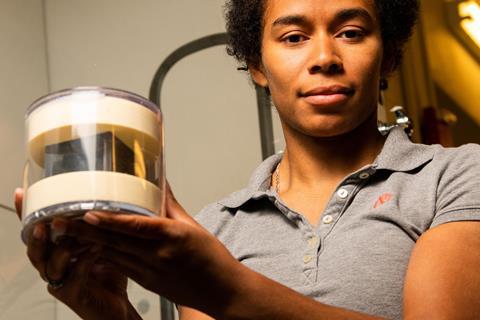Many times we eat, not because we are hungry, but because of social pressures or food that is so appetizing, that, even though we are full, we just want another bite. Overeating, whether it is guided by hunger or pleasure, typically leads to obesity, which affects about 42% of the adults in the U.S., according […]
Read More








